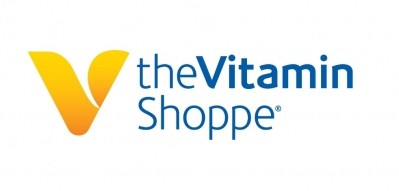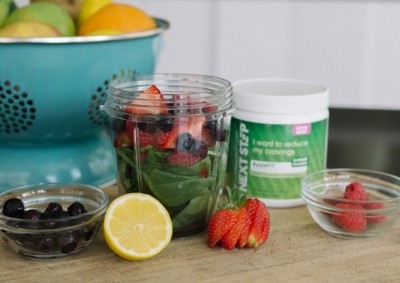Vitamin Shoppe's revenues flatten as company pursues 'reinvention' strategy

Vitamin Shoppe reported that overall comparable sales in the fourth quarter of fiscal year 2016 that were 2.2% lower than a year previously. CEO Colin Watts told analysts in an earnings call yesterday that those declines were driven by several specific categories.
Sports nutrition, weight management competition
“While we continue to be disappointed with negative comp trends, similar to past quarters, over 2.5 points of our overall comps decline came from just three categories: sports nutrition, weight management, and on the go nutrition, with the majority coming from the protein powder business. The balance of our portfolio experienced positive comps in the quarter led by vitamins, probiotics, and specialty supplement,” Watts said in the call that was posted in transcript form on the site seekingalpha.com. Watts said that increasing competition in those sectors in terms of pricing and in promotional activity by competitors accounted for the declines.
Along with the same-store declines, Vitamin Shoppe also experienced more difficulties in reinvigorating its contract manufacturing arm than expected. The company has struggled in recent quarters with inventory issues which were attributed to the poor performance of Nutri Force, its in-house manufacturing unit. Vitamin Shoppe, like some other vertically integrated manufacturers, tries to recoup investment by soaking up down time on its production lines by operating them in a contract manufacturing fashion. But like some other companies that have pursued this strategy, the company has not found it to be as easy as it would appear on paper. Trying to wear both hats of in-house and contract manufacturer can make it difficult to compete on an even footing with pure play contract manufacturers.
“Our biggest disappointment in Q4 was Nutri Force. While we were pleased with how the in-sourcing and servicing of Vitamin Shoppe private brand SKUs is progressing, we continue to struggle with uneven performance from the third-party contract manufacturing business at Nutri Force,” Watts said.
Cost cutting part of ‘reinvention’
One of the ongoing efforts at Vitamin Shoppe has been to control costs. Watts said the company has made progress on that front. That initiative has included driving harder bargains with suppliers.
“By renegotiating our supply agreements and creating deeper partnerships with our vendor community over the past few months, we have been able to secure better cost of goods arrangements and mutually beneficial agreements to grow our combined business with our best vendors,” Watts said.
Watts also spoke about the company’s ‘reinvention’ strategy. That included online platform improvements that helped drive a sales increase of 7% on the company’s own site (overall online sales declined because the company stepped away from selling on third-party platforms). And the company opened four new store formats in 2016, with six more slated to come this year. Watts said the new stores feature on-site nutritionists and heightened customer education and engagement, but have been engineered from the bottom up to operate on a lower cost basis than the company’s existing stores. But it’s a big mountain to climb; by the end of 2017 Vitamin Shoppe is expected to have about 775 stores overall.
Stock traders showed little reaction to the company’s Q4 results even though earnings per share of $0.36 were below expectations and revenue of $305 million was about $7 million below the predicted figure. Shares of Vitamin Shoppe were trading at close to $22 today about where they were before yesterday's earnings release. But that’s still off significantly from the company’s all time high share price of almost $65 in early 2013.









